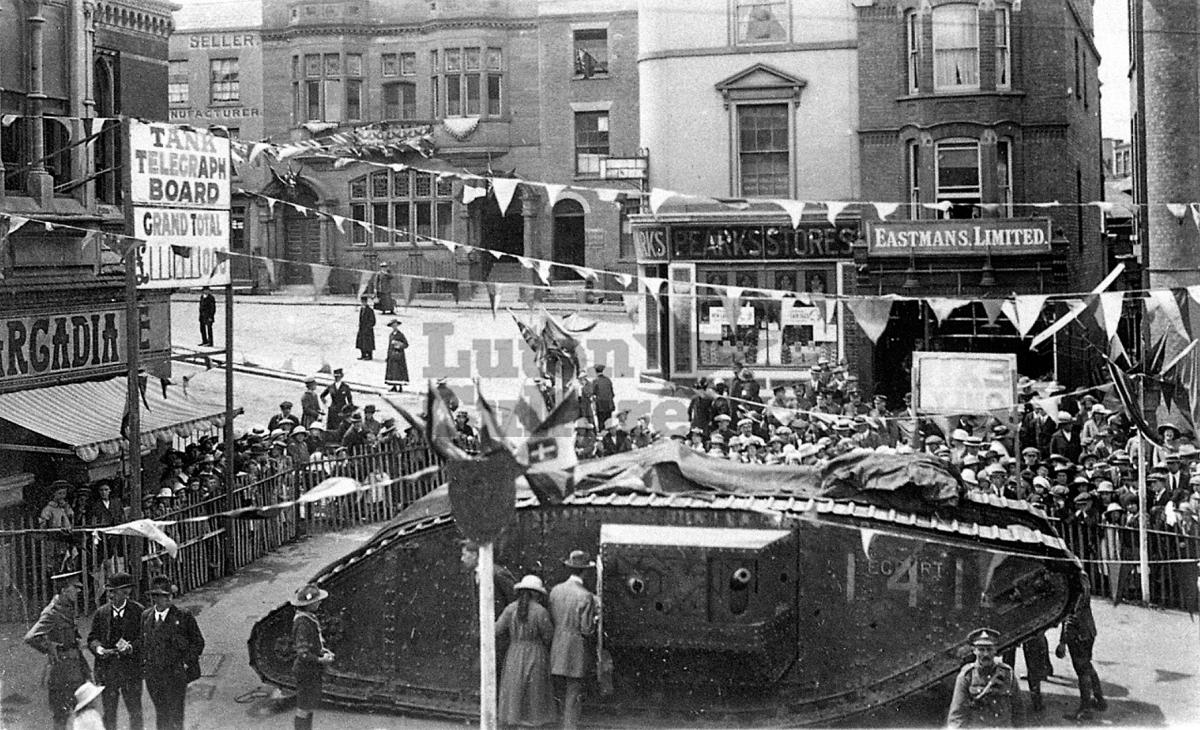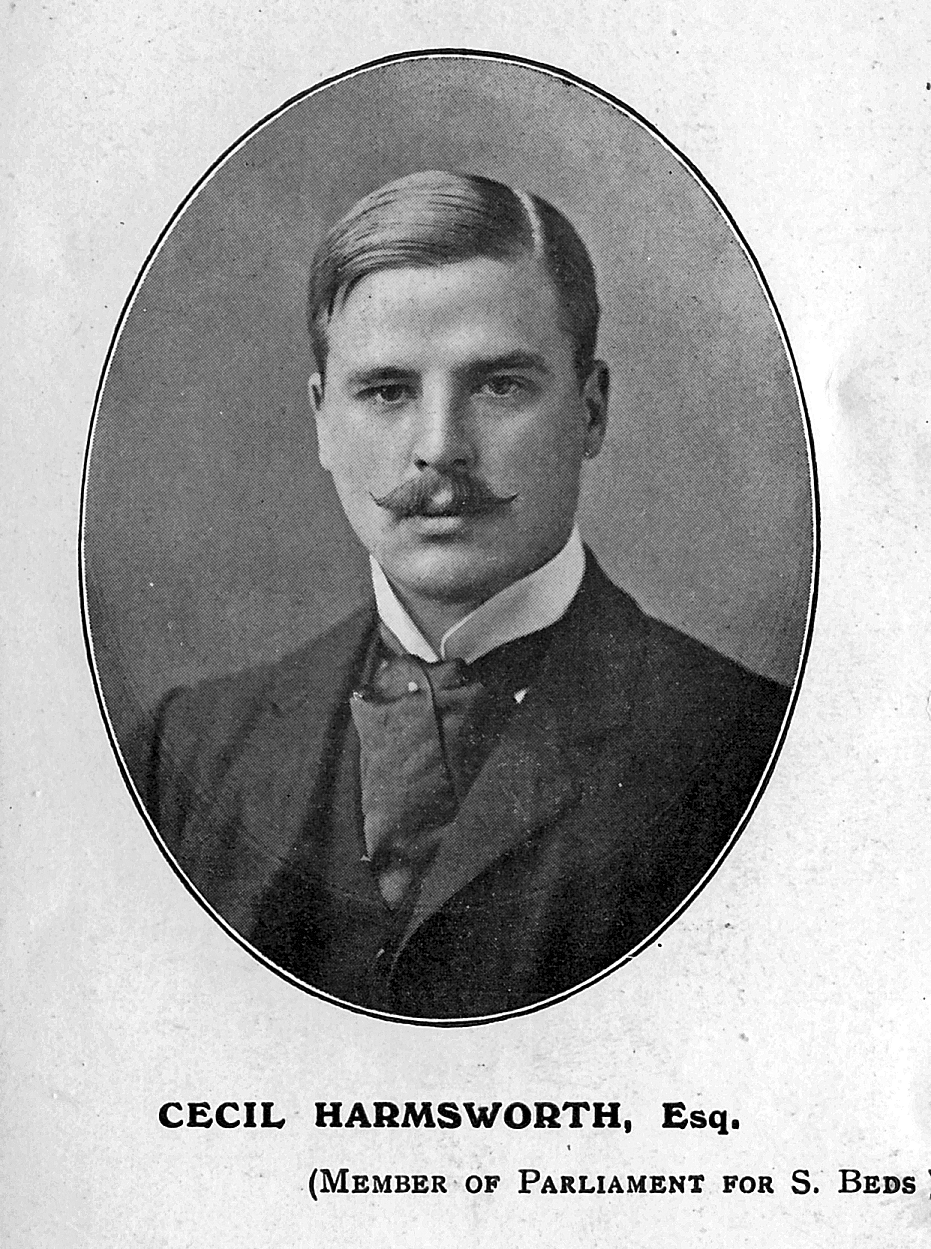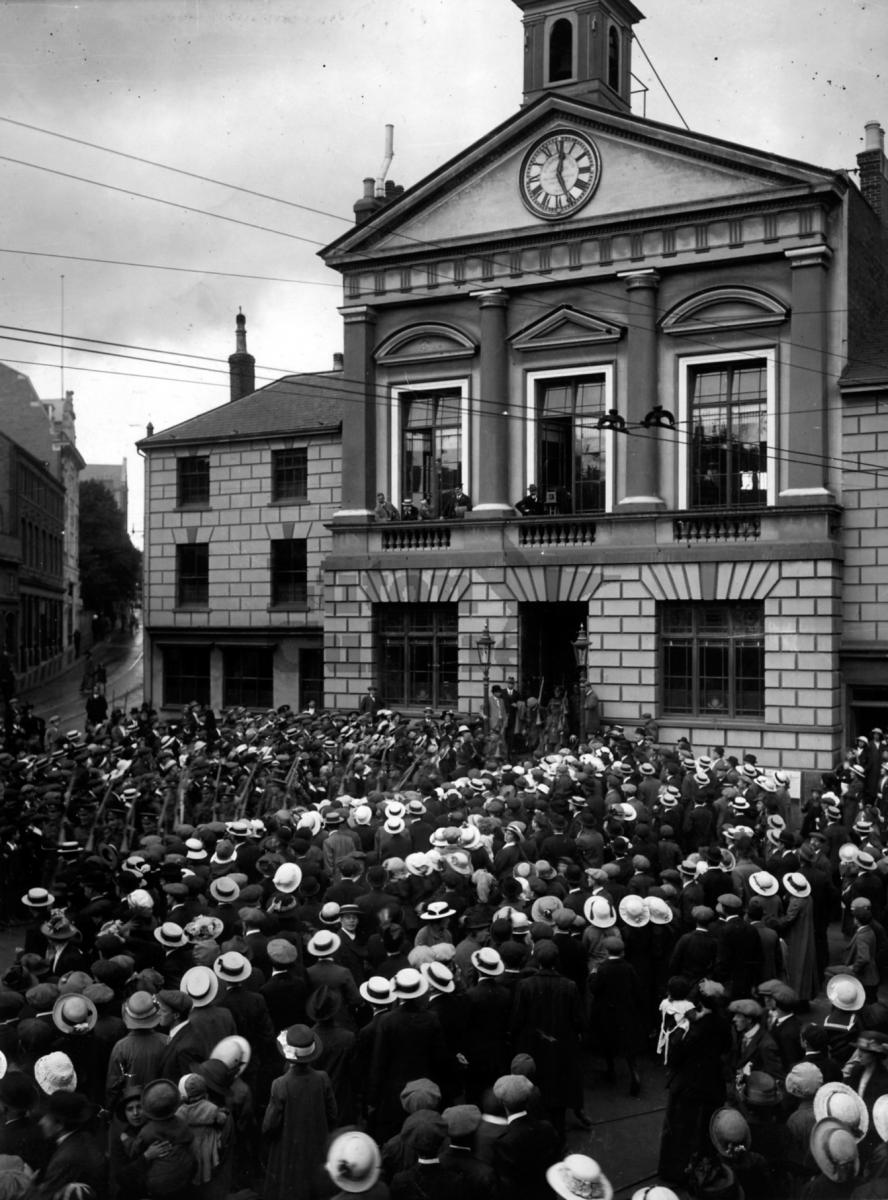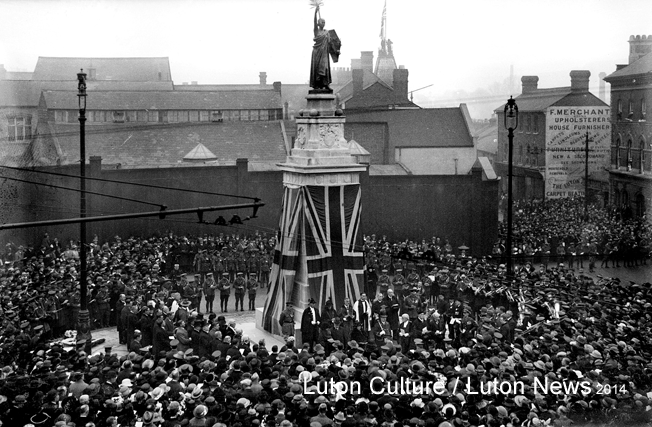In Depth Articles
One of the most useful things about how this project site has been built is, anything that has been added to this site can be linked together to tell stories and create articles/books. The headings on this page link to further detailed content all about the topic e.g. War Poetry contains written and recorded content, and 'Treating the Sick and Wounded' links to lots of information about Wardown Park hospital in WW1. All of the content on this page has been written by WW1 Project volunteers using content that had been uploaded to the site by visitors and users. More articles will be added as the project continues.
If the article is particularly rich and interesting, the project team will add extra research to tie it all together.














